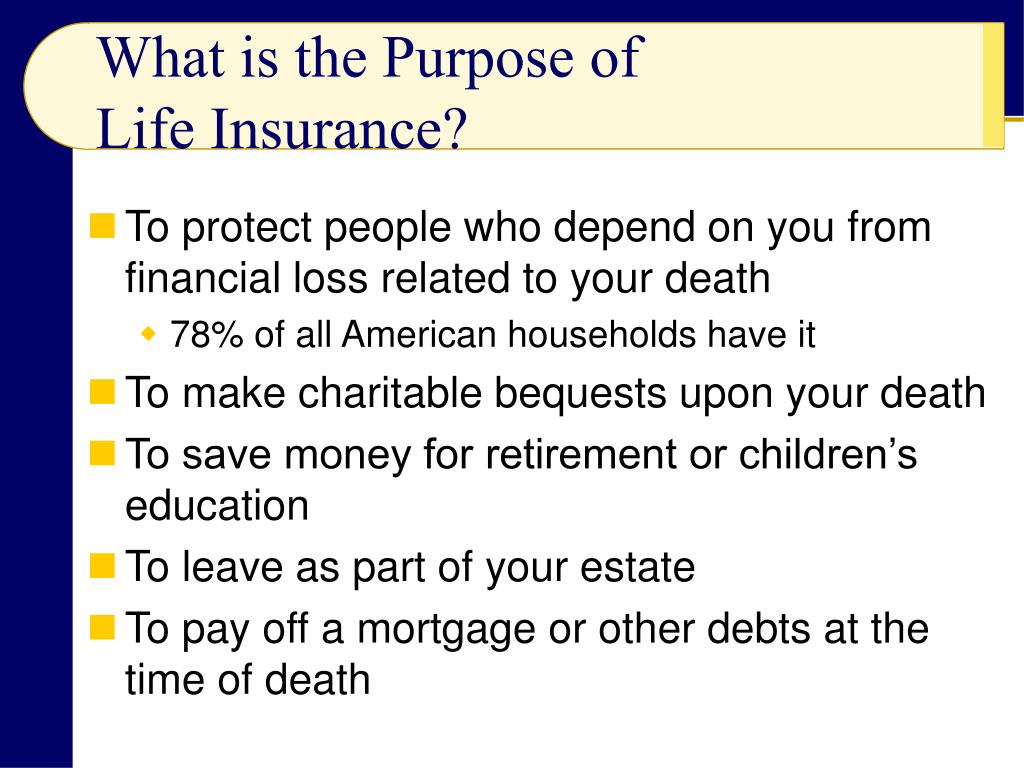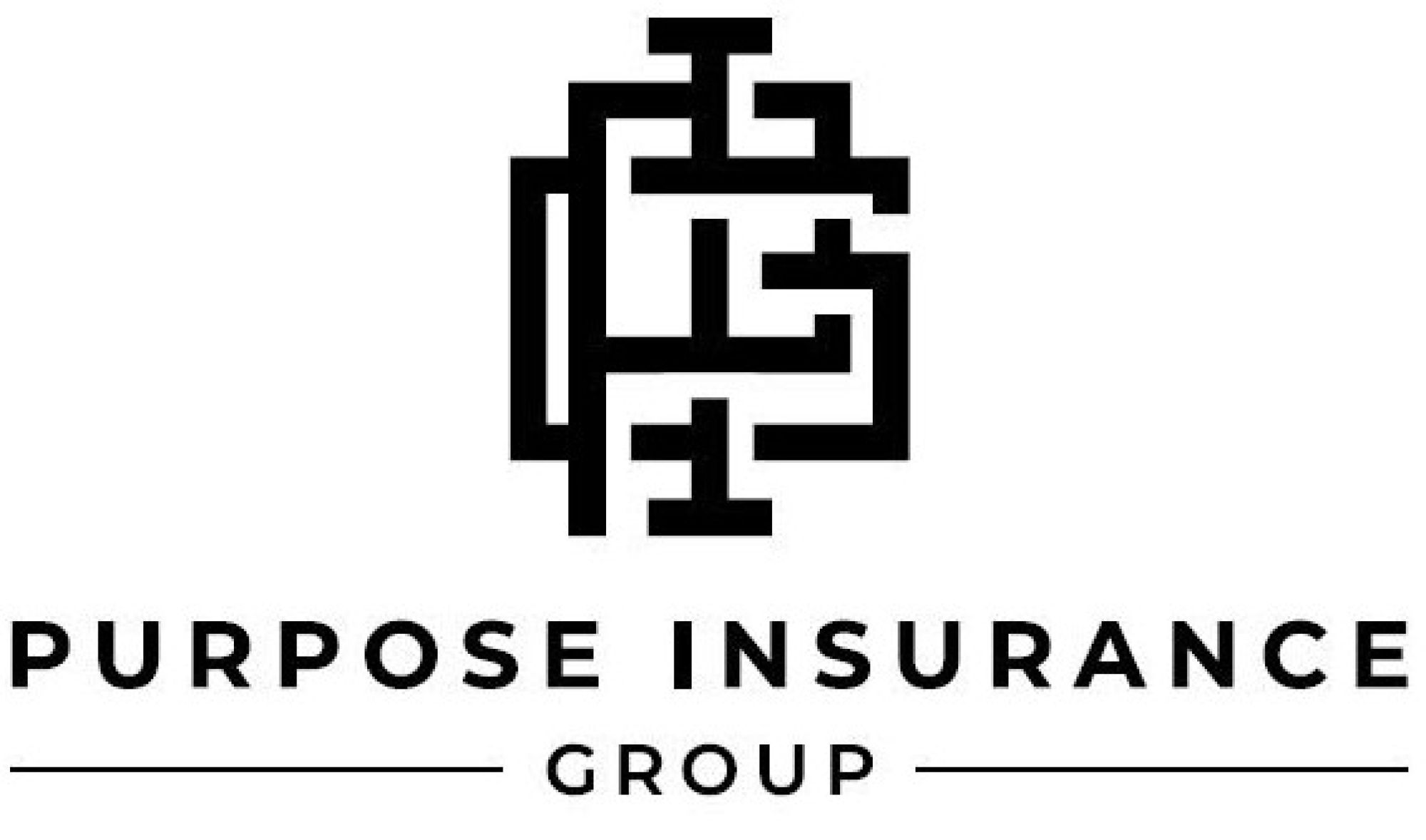Top Guidelines Of Pacific Prime
Top Guidelines Of Pacific Prime
Blog Article
The smart Trick of Pacific Prime That Nobody is Talking About
Table of ContentsUnknown Facts About Pacific PrimeAn Unbiased View of Pacific PrimeThe Facts About Pacific Prime RevealedThe Only Guide to Pacific Prime
In the majority of states, the insurance firm is required to send you a duplicate of the changes to your plan. It is vital that you read Endorsements or Riders so you recognize exactly how your plan has actually changed and if the policy is still adequate to satisfy your needs. To acquire a duplicate of your insurance plan, please contact your insurance agent or business.
The Institute of Medication (IOM) Board on the Repercussions of Uninsurance launches an extended assessment of evidence that addresses the relevance of health and wellness insurance policy coverage with the publication of this record. Insurance coverage Matters is the initial in a series of 6 records that will certainly be provided over the following two years recording the fact and consequences of having an estimated 40 million people in the USA without wellness insurance policy coverage.

Not known Details About Pacific Prime
The goal of this series of research studies is to refocus plan focus on a longstanding trouble. Following the longest financial expansion in American background, in 1999, an approximated one out of every 6 Americans32 million grownups under the age of 65 and more than 10 million childrenremains uninsured (Mills, 2000).

10 percent of the populace make up 70 percent of wellness care expenditures, a relationship that has remained consistent over the previous 3 decades (Berk and Monheit, 2001) - global health insurance. Thus health insurance policy remains to serve the function of spreading risk even as it progressively finances routine care. From the perspective of healthcare service providers, insurance carried by their clients aids safeguard an earnings stream, and areas gain from economically practical and stable healthcare experts and institutions
Government gives medical insurance to populaces whom the personal market may not serve efficiently, such as handicapped and senior citizens, and populations whose access to healthcare is socially valued, such as kids and expectant ladies. The supreme ends of medical insurance coverage for the individual and areas, consisting of office neighborhoods of workers and companies, are enhanced health end results and lifestyle.
The Buzz on Pacific Prime
Workers rate health insurance first without a doubt in importance amongst all the advantages used in the office (Salisbury, 2001). Although there have actually been large financial investments of individual and public funds to supply health and wellness insurance, many individuals still have no insurance coverage. Regardless of substantial coverage of survey findings and healthcare research results, the general public stays overwhelmed and misinformed concerning Americans without medical insurance and the implications of doing not have coverage.

Without doubt, the complexity of American health and wellness treatment financing devices and the riches of resources of information contribute to the public's confusion and uncertainty about health insurance statistics and their analysis. This report and those that will adhere to goal to boil down and present in conveniently understandable terms the extensive study that bears upon inquiries of wellness insurance coverage and its relevance.
Fifty-seven percent of Americans polled in 1999 believed that those without medical insurance are "able to get the care they need from medical professionals and medical facilities" (Blendon et al., 1999, p. 207). In 1993, when nationwide interest was focused on the problems of the uninsured and on pending health treatment regulation, just 43 percent of those surveyed held this belief (Blendon et al., 1999).

They also receive less precautionary services and are much less most likely to have routine look after persistent conditions such as high blood pressure and diabetes mellitus. Chronic conditions can cause costly and disabling problems if they are not well taken care of (Lurie et al., 1984; Lurie et al., 1986; Ayanian et al., 2000). One nationwide survey asked greater than 3,400 grownups about 15 very severe or morbid problems.
Pacific Prime - An Overview
Additional proof is provided later on in this phase in the discussion of insurance coverage and access to health and wellness treatment. https://pacificpr1me.edublogs.org/2024/04/02/pacific-prime-your-one-stop-shop-for-insurance-solutions/. People without medical insurance are young and healthy and select to go without insurance coverage. Practically half (43 percent) of those surveyed in 2000 thought that people without medical insurance are most likely to have health issue than individuals with insurance coverage
Citizens and policy manufacturers in focus team discussions identify those without insurance policy as youngsters who have the possibility to be covered and feel they do not need it (Concierge Novelli, 2001). Compared to those with at the very least some exclusive protection, the without insurance are less likely review to report being in outstanding or really good health and wellness (Company for Healthcare Research Study and Top Quality, 2001).
SOURCE: Facility for Cost and Financing Research Studies, Firm for Healthcare Study and Top quality, based on MEPS data. Young person between 19 and 34 are much more most likely to do not have medical insurance than any kind of other age group. This is mainly since they are less usually eligible for employment-based insurance due to the nature of their job or their brief tenure in it.
The assumption that individuals without insurance policy have better-than-average health follows from confusing the relatively young age account of the without insurance with the far better wellness, typically, of more youthful individuals. This covers the link between health and wellness standing and health and wellness insurance policy. For those without access to workplace health insurance, poor health is a potential barrier to acquiring nongroup protection since such protection may be highly valued, leave out preexisting conditions, or be just inaccessible.
Report this page